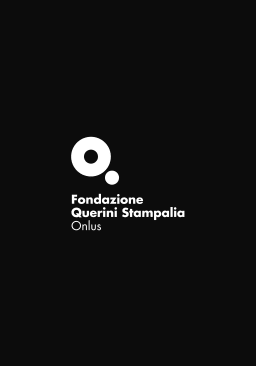Help us restore Joseph Kosuth's "The Material of Ornament"
The palace is not just a container of the past, but a place in constant transformation, this is why the ultimate mission of Querini Foundation is "Conserving the Future".
Since 1997 for 'Conserving the Future' Chiara Bertola, the project's creator and curator, has been suggesting connections between the Foundation's heritage and contemporary art, with site-specific projects.
A challenge that implies confrontation with a past to be protected and a future to be planned and involves the institution, the public, and the artists. The program calls contemporary artists to confront and dialogue with the rooms, collections and archives, to take inspiration from them for new works, in the name of continuous experimentation.
Some works inhabit these spaces only for the duration of an exhibition, others remain there, left as gifts by the artists: 'intruders' who open new perspectives to the visitor. Similar lines of inquiry are open in the areas of literature, poetry, theater, dance, design, graphics and photography.
About the project
It was 1997 when Joseph Kosuth realized and installed on the façade of Palazzo Querini Stampalia 'The Material of Ornament'. The site-specific work was conceived and created by the artist in compliance with the Ars Aevi Association's proposal to found a contemporary art museum in Sarajevo, then still smoking in ashes of a cruel war, with works donated by artists of international prestige. "Illuminating the Venetian night with a light for peace, a message of civilization" as Giorgio Busetto, the then director of Querini Stampalia, noted.
The work consists of 12 neon elements taken from the book The Stones of Venice written at the end of the 19th century by the British critic John Ruskin. The categories applied by Ruskin to describe and catalogue the decoration and ornamentation of Gothic and Renaissance architecture in Venice are reused by Kosuth in a conceptual game in which language becomes a visual operation that causes the visitor to stop and consider the entire architecture of the Palazzo.
Today, 'The Material of Ornament' is, undoubtedly, one of the most interesting contemporary works in the lagoon. This has arisen the question of its maintenance, which initially imagined only temporary, must be guaranteed continuously and safely.
